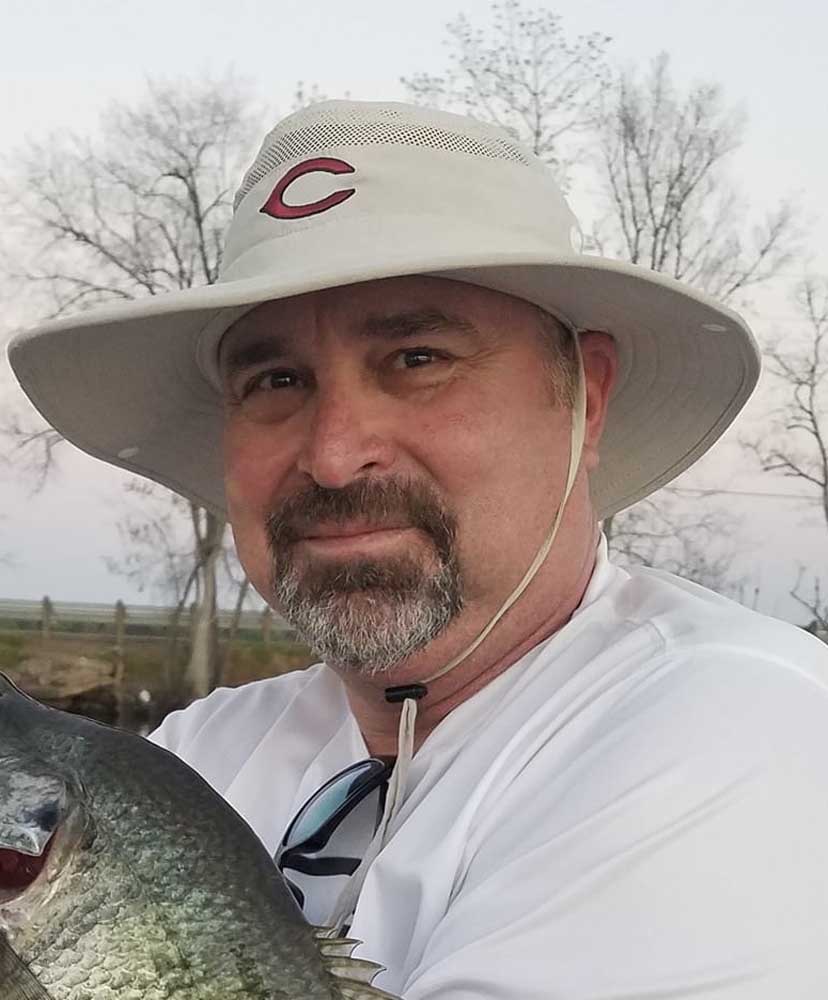Fall river fishing is great
Published 4:09 pm Wednesday, October 23, 2024

- CHRIS SMITH
Fall in East Texas will normally find area rivers at low levels.
Low river levels typically mean low reservoir levels and the same goes for the upstream river tributaries. While the river bottoms are still very active with bowhunters, youth whitetail hunters or those in other hunting pursuits, the river angler has a near monopoly on the river fishing.
Trending
Finding and catching river fish in low water conditions can be hit or miss but it can be epic. When a river is low, the laws of physics dictate the fish will be more concentrated. The fish cannot leave but have to do the best they can to survive where they are. This is where we come in with a few crappie jigs.
I grew up in the Sabine River bottoms. We fished and hunted in this river system from Mineola to Sabine Pass.
For as long as I can remember, October meant catching fish with rod and reels in the river. The low water put all the fish in the deeper pools of the river. Finding the right one may take a little leg work but historically the same bluff banks held fish every year. There is one bend that is lined with enormous cypress stumps that are only visible during the low water periods. The stumps are ancient and are surrounded by the deteriorating roots and knees that are normally associated with living cypress trees.
These stumps hover over sharp drop-offs of the bluff banks of the river bend. Water depths vary but usually 4-8 feet will usually hold incredible numbers of fish.
The scenario we look for will require a small boat or kayak as an outboard may or may not provide any transportation. If you have private access to the river, walking up and down the bank is easier.
Cast a crappie jig or small spinner upstream and follow the current with your rod, keeping the slack out of the line with your reel. This will bring your bait into an area or depression where the fish will be facing upstream looking for your jigs and spinners. After a few casts at one depth, try deeper or shallower until you find what works best.
Trending
Be prepared. These holes have produced mixed bags pretty often. Crappie, Goggleye, Spotted, largemouth and even a rare Striped Bass may make an appearance. Occasionally a large flathead or other catfish will straighten out your hook and leave but every once in a while we win one of these fights.
I like a longer rod for the bank work, some say 6 or 7 feet and others prefer 8-10 footers. Spool up with 10-15 pound test braid and your jig should last through several trips. One tip for putting a couple more fish on your string follows: If one stump or piece of brush produces several fish but slows down, stop fishing and change jig colors.
This nearly always triggers a couple more bites and we all know that means four more filets.
Take a kid hunting and fishing this weekend and I guarantee you will feel better.



